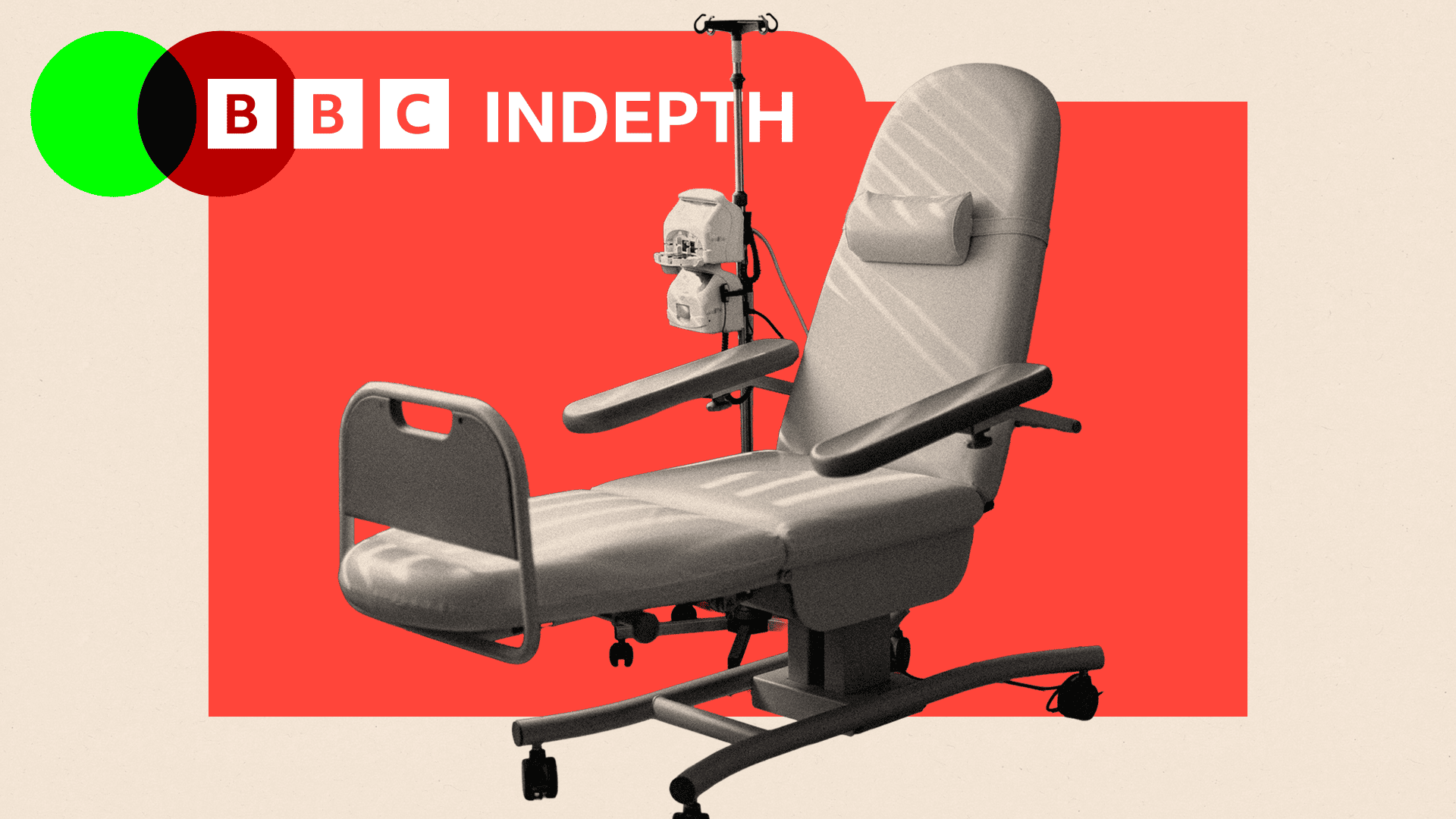How a European Nation Boosted Cancer Survival Rates and What the NHS Can Learn

A Bold Transformation in Cancer Care
Jesper Fisker, the chief executive of the Danish Cancer Society, recalls a time 25 years ago when Denmark's approach to cancer treatment was in dire need of change. At that moment, the country faced a crisis with patients dying on waiting lists and politicians feeling desperate. The situation was so bad that some Danish patients were paying out of their own pockets for treatments in China or private hospitals in Germany. This highlighted a significant gap in Denmark’s healthcare system, which had a low survival rate for cancer compared to other developed nations.
From 1995 to 1999, Denmark's five-year survival rate for rectal cancer was around 48%, matching the UK but falling well behind countries like Australia, which had a 59% rate. However, Denmark's performance has since improved dramatically. By 2014, its five-year survival rate for rectal cancer had risen to 69%, nearly matching Australia's. This success story has drawn attention from UK policymakers, who are looking to adopt elements of the Danish model in their own long-term cancer plans.
Big Investments and Thoughtful Touches
Walking into Herlev Hospital in Copenhagen offers a stark contrast to the typical NHS hospital experience. The foyer is adorned with vibrant paintings by Danish artist Poul Gernes, reflecting a philosophy that color can provide comfort to patients. This attention to detail is part of a broader strategy that includes both investment in high-tech equipment and thoughtful touches to improve the hospital environment.
Dr. Michael Andersen, a consultant radiologist at Herlev Hospital, highlights the importance of advanced scanning technology in Denmark's cancer strategy. In 2008, the government made a significant investment in scanner systems, purchasing between 30 and 60 CT scanners. These machines are crucial for deep imaging and have significantly expanded diagnostic capacity in Denmark. With about 30 scanners per million people, Denmark far exceeds the average of other rich countries, which stands at 25.9. The UK, however, lags behind with just 8.8 scanners per million people.
Despite this investment, Denmark's health spending as a share of national income is similar to the UK's. This suggests that the improvements in care are not solely due to increased funding but also to strategic planning and implementation.
A Bold Set of Plans
Denmark's approach to cancer care goes beyond just medical treatment. It includes new national standards for rapid diagnosis and treatment. Patients must receive a diagnosis within two weeks of a referral, and treatment should start within two weeks of diagnosis. If these targets are not met, patients have the right to transfer to another hospital or even another country while still being funded by the Danish health system.
This contrasts sharply with the UK's target of starting treatment within around nine weeks of an urgent cancer referral. Michelle Mitchell of Cancer Research UK believes that the English health system lacks accountability, with too many NHS organizations involved. She emphasizes the need for clarity on who is responsible for delivering each part of the plan and for holding leaders accountable for its success.
Going Beyond Just 'Treating' Cancer
Denmark's focus extends beyond medical treatment to include support for patients' mental health. Counselling centers, similar to Maggie's in the UK, offer therapy and companionship to patients. These centers are largely funded by the voluntary sector with some state support. Elisabeth Ketelsen, an 82-year-old active swimmer, credits the system for her quick diagnosis and treatment after discovering a breast lump. She underwent surgery three weeks after diagnosis and received radiotherapy shortly after.
Another key aspect of Denmark's approach is the shift towards treating more patients at home. Michael Ziegler, mayor of Høje-Taastrup Municipality, was diagnosed with leukemia in 2022 and received chemotherapy at home using a chemo pump. This allowed him to maintain a quality of life while reducing the risk of infections associated with hospital stays.
A Blueprint for the NHS?
The Danish health system shares similarities with the NHS, including taxpayer-funded healthcare and challenges related to population health. Both nations face issues such as alcohol consumption and smoking rates, though Denmark has lower obesity levels. Despite these similarities, the NHS faces unique challenges due to its larger population and complex structure.
UK Health Secretary Wes Streeting has expressed interest in the Danish model, noting that insights from a recent visit to Denmark have influenced government health plans. Michelle Mitchell of Cancer Research UK agrees that Denmark offers a useful template, emphasizing the importance of early diagnosis, screening, and investment in workforce and equipment.
The Greater Challenge
While the potential benefits of adopting the Danish model are clear, the greater challenge lies in addressing the numerous other issues facing the NHS, such as overcrowded A&E departments and overstretched staff. Ruth Thorlby of The Health Foundation think tank notes that while both Denmark and the UK recognized the need for urgent cancer care in the 1990s, Denmark managed to maintain momentum, whereas the UK saw a decline in focus on cancer plans over the past decade.
A key factor in Denmark's success has been political consensus across major parties. This level of agreement has not been achieved in the UK, where short-term priorities often overshadow long-term planning. Jesper Fisker of the Danish Cancer Society argues that political leaders must commit to long-term partnerships and investments to achieve similar results in the UK.
With a commitment to long-term planning and investment, he believes that the UK can follow Denmark's example and improve cancer care outcomes. As he puts it, "Nothing comes without investment."
Post a Comment